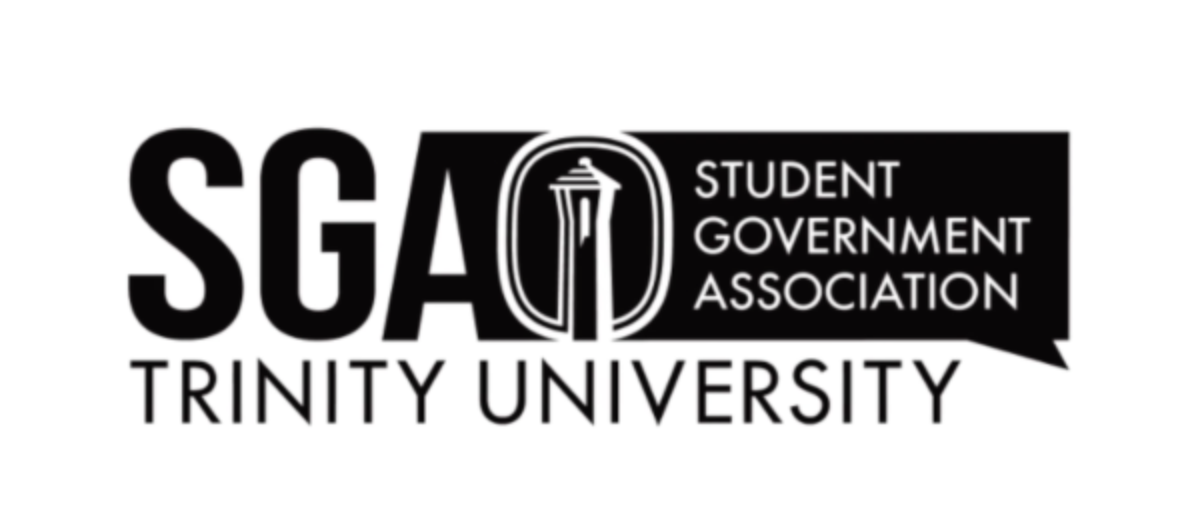In order to stop student loan rates increasing, Congress passed the Bipartisan Student Loans Certainty Act of 2013. On July 1, the interest rates for unsubsidized federal loans had doubled before Congress passed the student loans act.
“There are many different avenues of trying to approach the loans situation. The most immediate discussion that summer had to do with the interest rate and the impending increase in the interest rate that students were going to experience was going to go up to 6.8 percent,” said Glendi Gaddis, director of financial aid.
The three federal loans that were subjected to an increase was the direct subsidized loan, direct unsubsidized loan and the direct plus loan, which is a parent loan. The direct subsidized loan would have doubled from 3.4 percent to 6.8 percent and the other two loans would have increased by 1-2 percent. While the loan rates did not double, the rates on the unsubsidized and subsidized loans still increased to 3.86 percent.
“That is the interest rate for the 2013-2014 year. That is for the loans that are borrowed within that time frame. It’s variable; that means it will change every year, so it’s not a fixed interest rate. It [the student loan interest rate] is not retroactive to what you borrowed previously. Your interest rate is for that period of time,” Gaddis said.
Student loans play a monumental role in college affordability and have an effect on who can access a college education. College students rely heavily on student loans; about two-thirds of college students across the U.S. use student loans to pay for college.
In the 2013 graduating class at Trinity, 41 percent of students borrowed federal student loans with an average indebtedness of $22,294. Also, of that same graduating class, 44 percent borrowed loans-ranging from public to private-with an indebtedness of $38,540.
In 2010, Congress passed the Health Care and Education Reconciliation Act, which created more repayment option for students.
“In the past there were three repayment options. There was the standard which is paid in ten years. Then there was a graduated repayment, and for the first two years your payments are lower, and then in the last eight years they jump up. Then there was a third one which was an income contingent; the borrowers’ payments were tied to what their income level was, but there was a lot of restrictions on who could qualify. What the president has done is that he has opened more avenues,” Gaddis said.
The 2010 act allows a greater variety of students to make repayments based on income and will forgive debts after 20 years or 10 years for those in public service if the borrower responsibly paid back their loans. These options provide more ways for student borrowers to deal with loan debt.
A greater number of students are borrowing loans to keep up with the increasing cost of college as tuition continues to escalate.
“There is natural rise-in-age cost. Universities like Trinity are very labor-intensive organizations, so about 65 percent of our operating budget is labor. There is a lot of faculty for the number of students we have. It is necessary for us to deliver the type of education we deliver,” said Gary Logan, vice president for finance and administration.
Because of the rising cost, more students at a larger number of income levels need to borrow loans. “Because it’s a very expensive thing to deliver, the cost structure for institutions like Trinity has been rising faster than the average person’s income has over some time” Logan said. Trinity has continued to provide students with scholarships and grants that come from the operating budget and endowment.
“On average, our tuition is somewhere around $34,152 in this current year and financial aid makes up around $17,000. It’s roughly half, “ Logan said.
Students especially feel the burden of having to take out more student loans to deal with a rising tuition cost that increases almost every year.
“I think the rates at which college tuition and textbooks are rising at is pretty astronomical. Recently [the fact that] the U.S. combined debt for college tuition has reached to one trillion dollars really says something important for Americans. To continue to be the world leaders economically and scientifically we must have students that are able to afford educational institutions. So far, I think the Obama administration has done a great job pushing for Congress to keep interest rates low, but I think there is more work that can be done. I think universities like Trinity-that have large endowments and that continue to offer very generous grants and scholarships-those universities are going to stand out in the coming years,” said Esteban Rodriguez-Vazquez, a sophomore.







